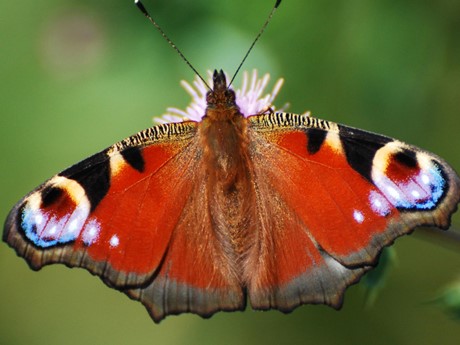The value and importance of historical phenology in the UK
Tim Sparks, Judith Garforth, Lorienne Whittle. British Wildlife, 26/04/2021
The Nature's Calendar database has nearly 3 million phenology records, going all the way back to 1736. The earliest records come from the diaries of pioneering individuals committed to recording phenology in their local area, for example Robert Marsham and Gilbert White.
It wasn't until 1875 that the first phenological network was established in Britain. The plants and animals recorded in this Royal Meteorological Society (RMS) scheme helped decide which species and events we ask citizen scientists to record today for Nature's Calendar.

Wood anemone

Blackthorn

Horse chestnut
This British Wildlife article looks in detail at the first flowering records of three prominent RMS recorders. Wood anemone, blackthorn and horse chestnut are among the 13 species investigated. These are compared with the mean temperature records to look at the relationship between first flowering events and temperature across these species.
There was variation in responses between the species, but a clear trend for earlier flowering with greater March-May mean temperatures.
Find the full article in British Wildlife.
Having the ability to compare the timing of the same natural events over one hundred years apart is really powerful scientifically. We are looking to do more research comparing these historical records with current Nature's Calendar data in the near future.

